You all know that I love with a capital L BUILD math. It has transformed my math station time and has made that time during the day so much more focused and purposeful.
BUILD is not a set curriculum but more so a way to organize and set up your stations so that students are working on different skills throughout the rotations. If you want a full background on what BUILD math is, start here and then come back to this post.
We will start with the buddy games. The first game is called “Cupid”. The students are working on base ten this month. They draw a card and have to tell their partner what the number is that is represented with the base ten blocks. If they get it right they get to keep it and add it to their pile. If they draw a picture of cupid, they have to return all of their cards to the middle. The first player to get 10 cards is the winner.
The next game is “Fond Facts”. This month, we start assessing students and really working on addition facts to 5. This is a fun way to practice! Students draw a card and then move their game piece to the right answer. Last year, I used foam hearts as the game pieces but you can use any kind of manipulative that you want!
On the note of manipulatives, using these dollar erasers from either Target or Party City are a fun way for students to have thematic (not expensive for you) counters.
Here are the “U” {using manipulatives} activities.
The first one is one that we do every month, but there are just different pictures. This week was the 100th day of school so we put that picture in there but you really can do both and then the recording page if you think students have time.
The other activity is a number bond activity where students draw a card and then have to create a number bond with counters (or erasers 🙂 Then on the recording page, they write the numbers next to the person they made the number bond for. I like to put this activity in a page protector because I like students being able to keep practicing. This isn’t a station where you have to hear “I’m DONE! Now what do I do?”.
I is independent reading. Each month, I have an emergent reader and then a mini-reader where students have to construct some sort of math story. For the emergent reader, students have to count the pictures and then represent the number four different ways. As a number, a word, tally marks and then in a ten frame.
For the mini-booklet, they are putting their pictures and numbers in order by 2’s. When they are done, I let them staple the book-let together and then color the pictures.
L is learning about numbers. The first one is “cupid’s clips” where they use little clothespins that have a pom pom on it to mark the correct number. I have recording pages in the tub, but if you don’t feel like your kids can handle the recording page, then just have them do the clips. Again, working on base ten.
The other L tub is a puzzle where they are matching numbers to the correct base ten picture. No recording page for this activity. Get past having to have paper y’all…start thinking of different ways that students can show that they know a skill without it having to be on a piece of paper!
As I finish preaching about work-sheets…that’s the final set of tubs 😛 Work-sheets have a place…but that’s a whole different blog post.
These are the two D (doing math) tubs. The skills addressed in these tubs are number words and addition facts.
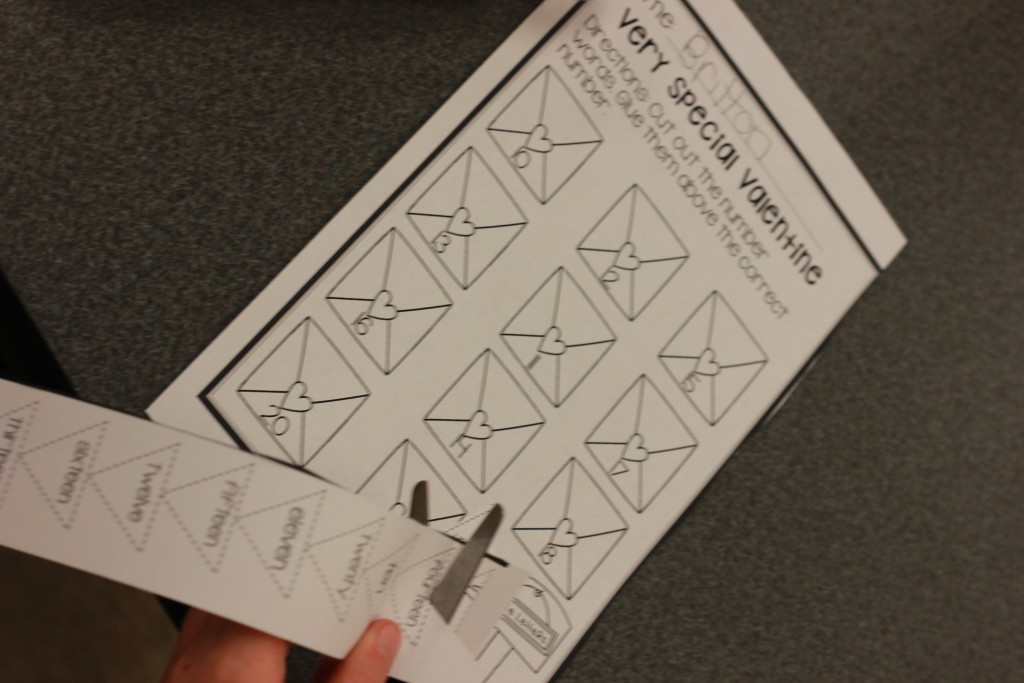
I covered what we do during February BUILD tubs, but there is more to pick from in this unit. Click here or on one of the pictures below to check out February BUILD!

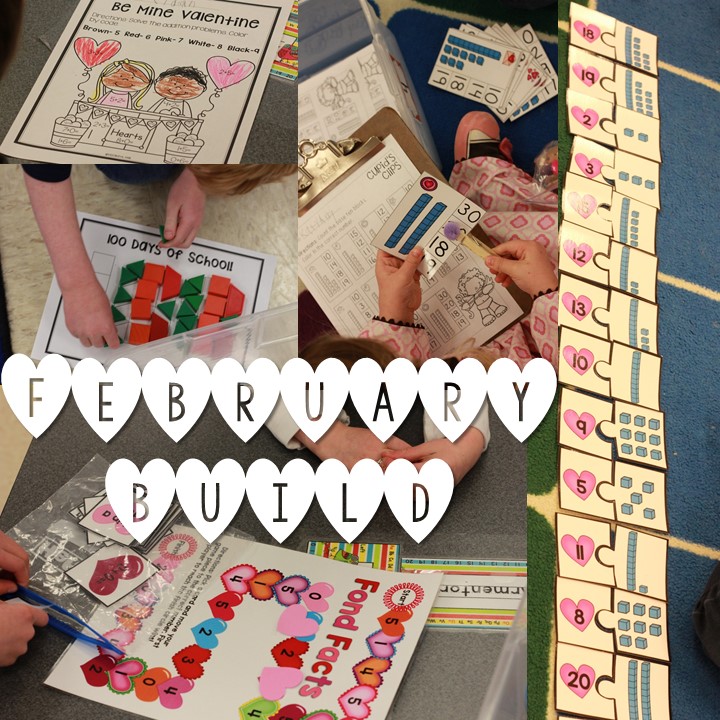

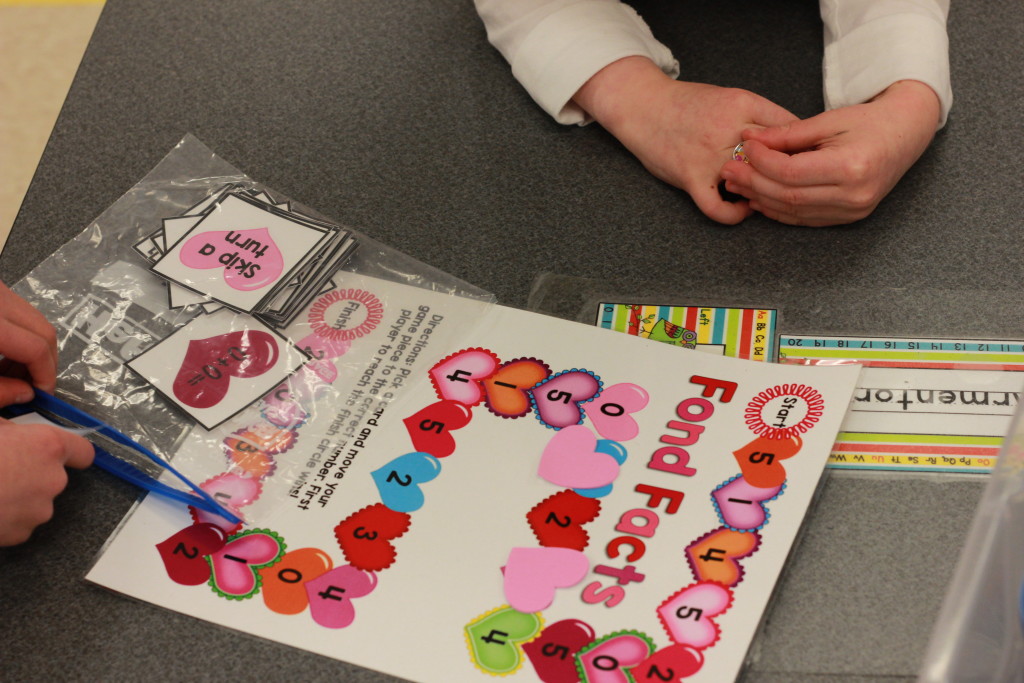
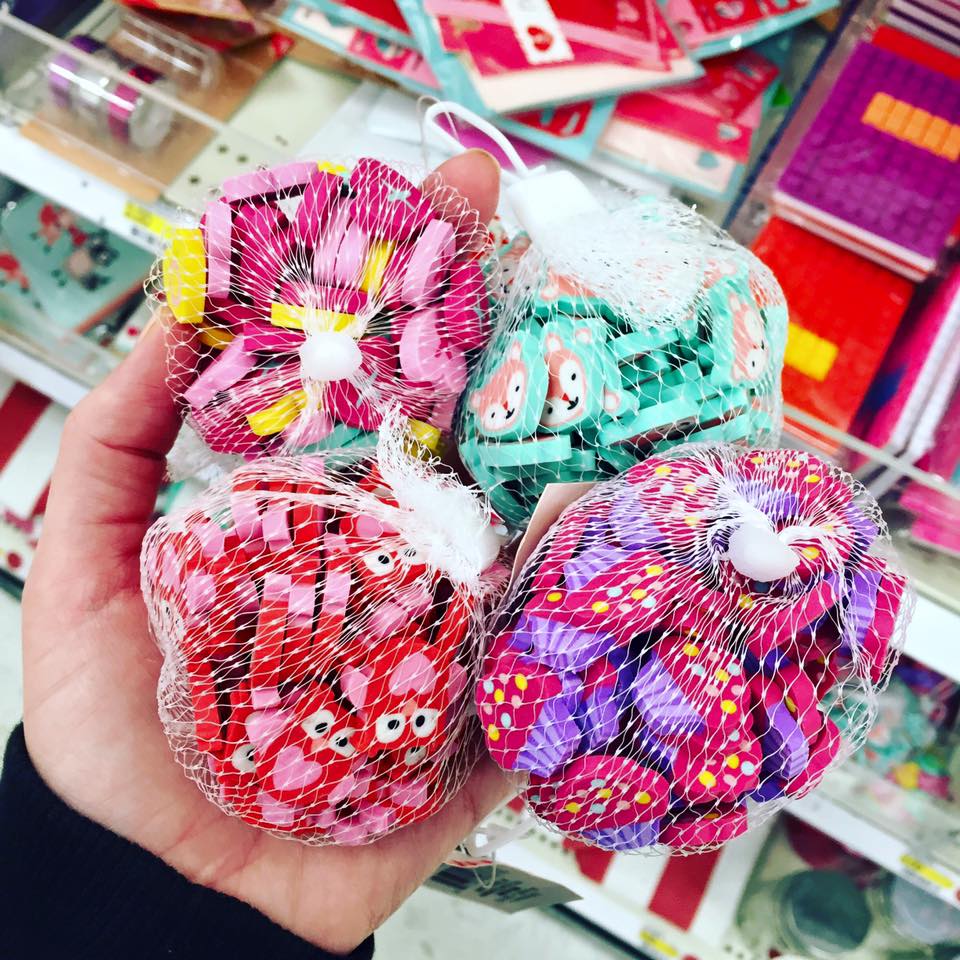

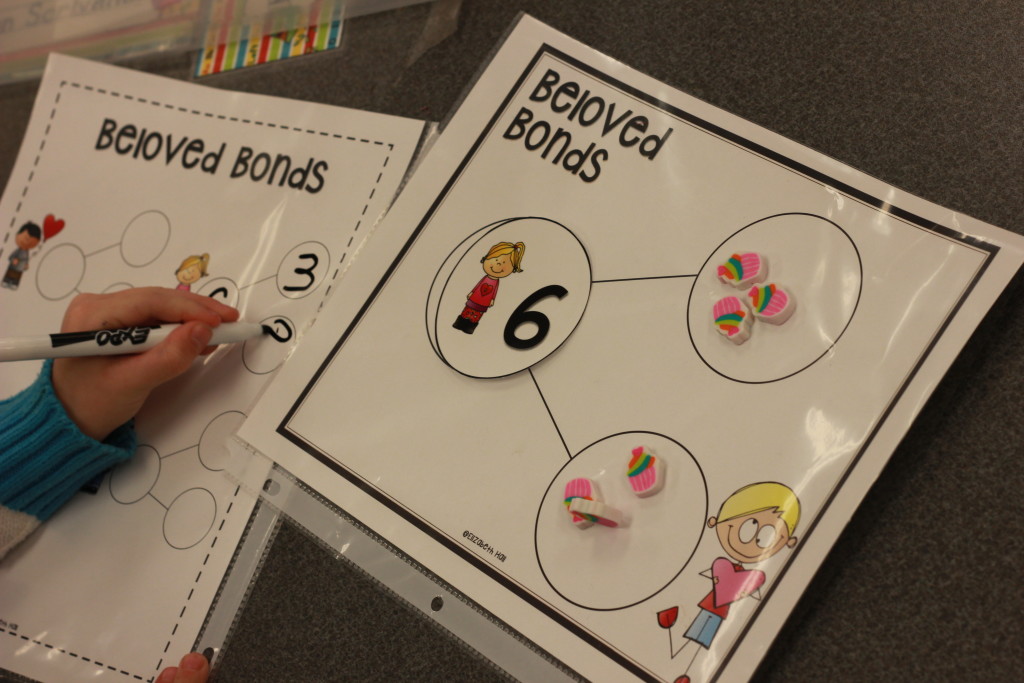
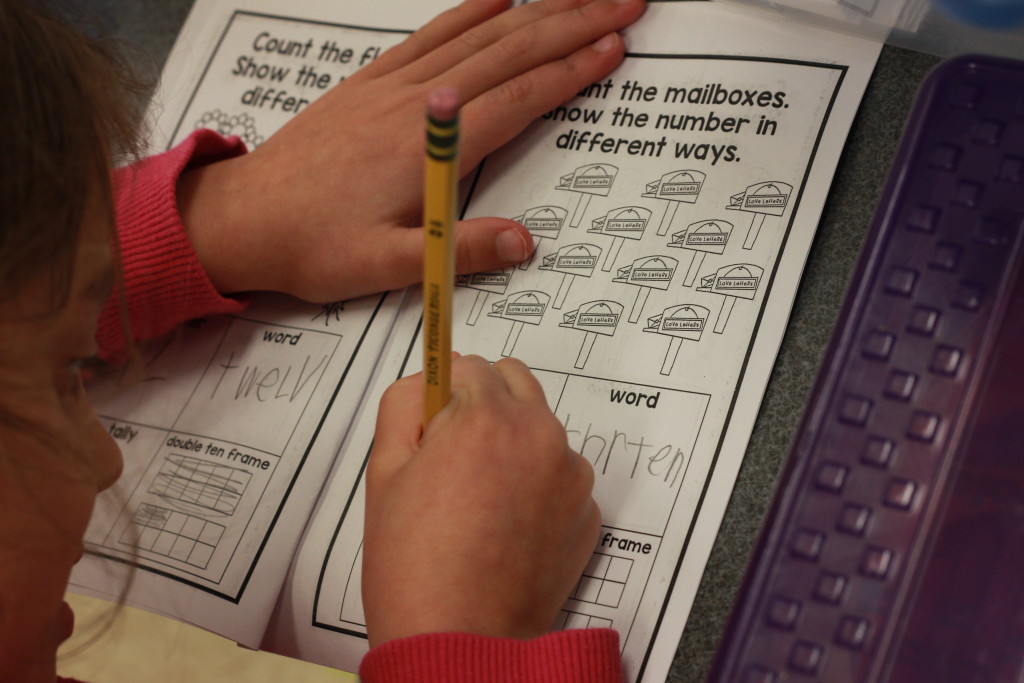
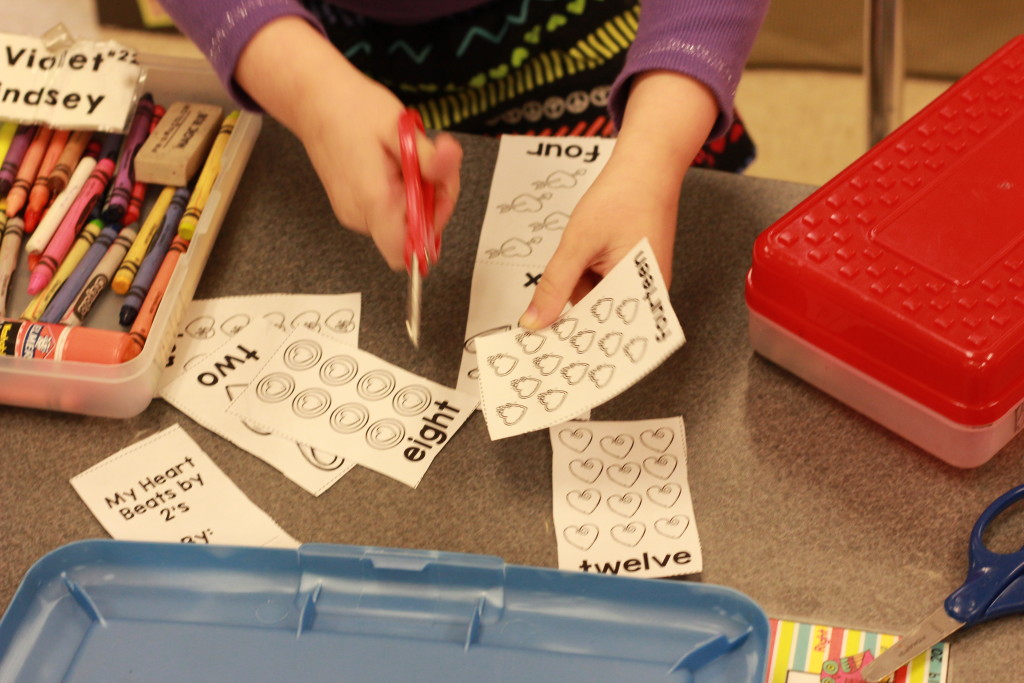
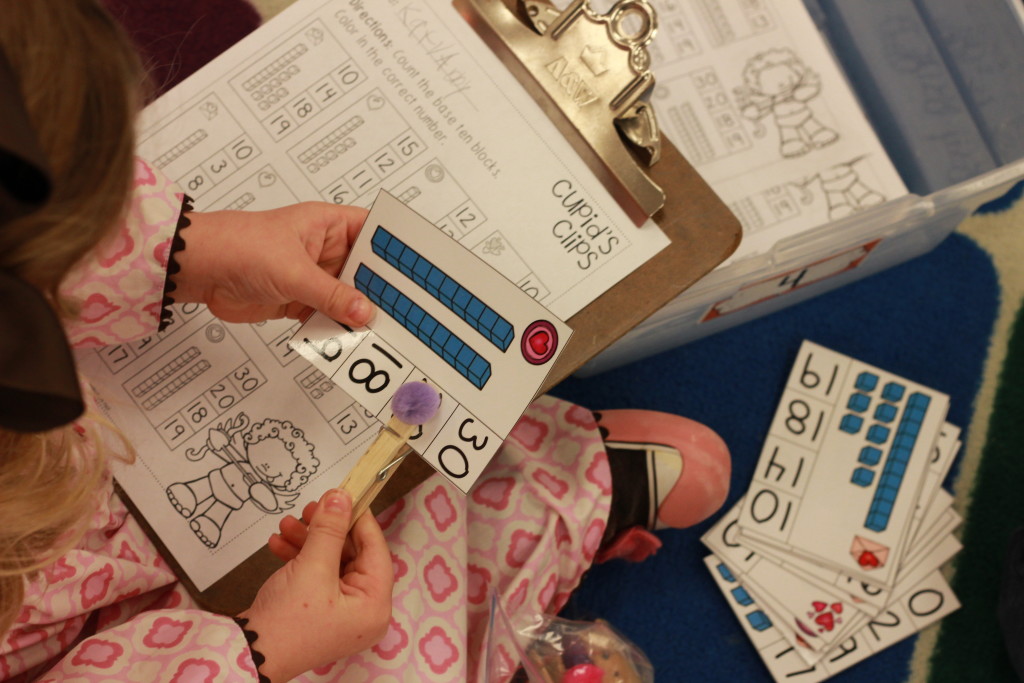
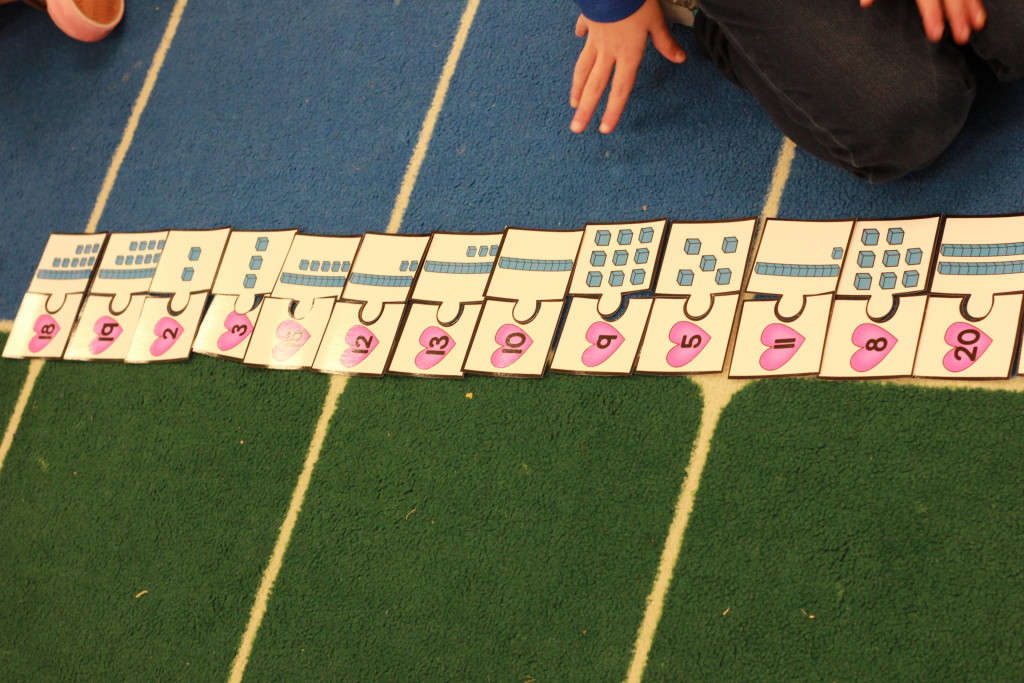
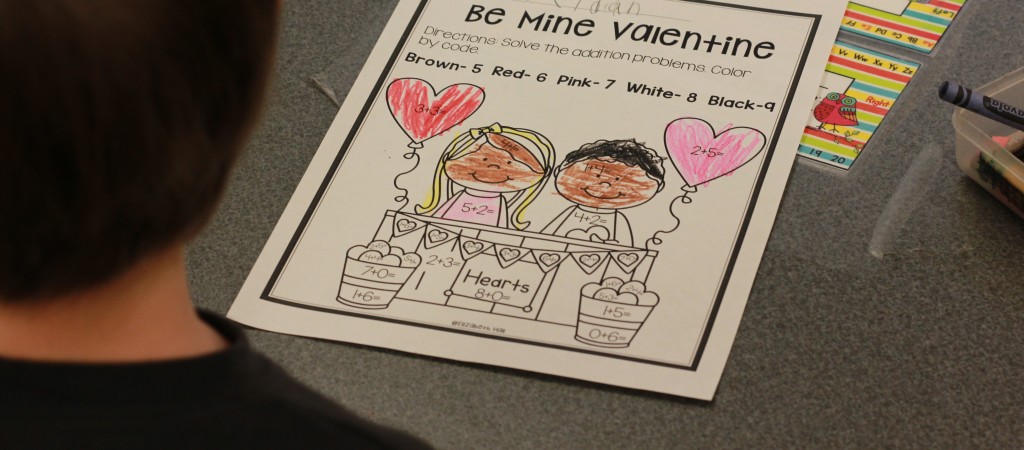
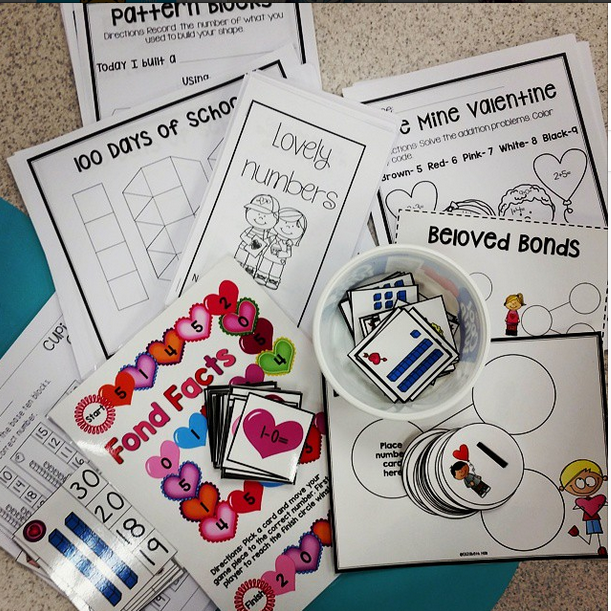

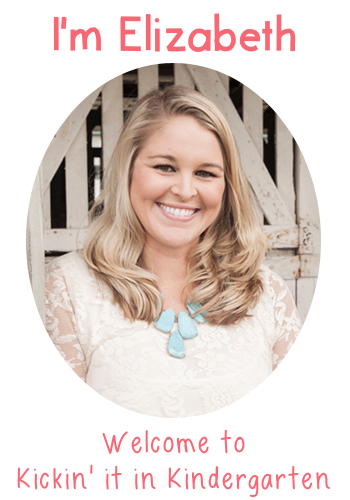
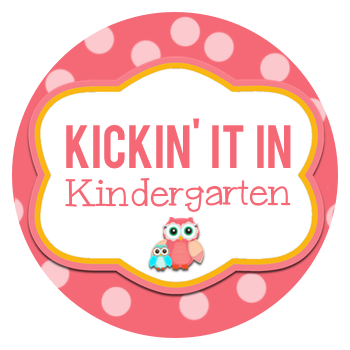




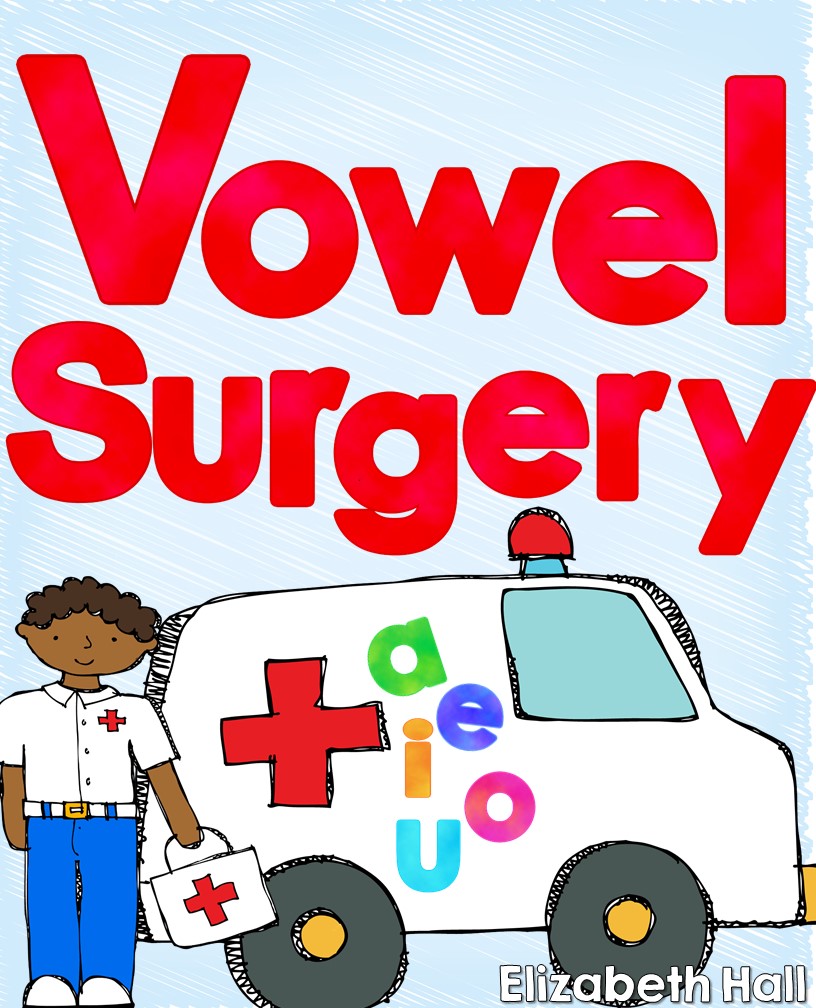
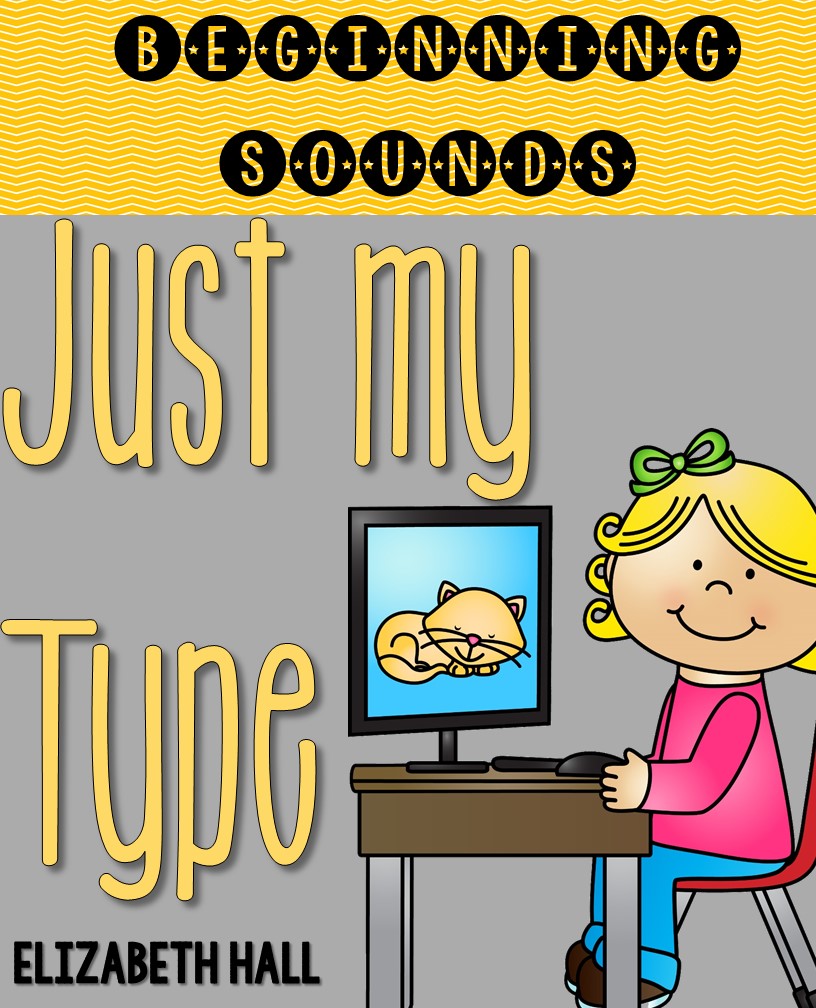
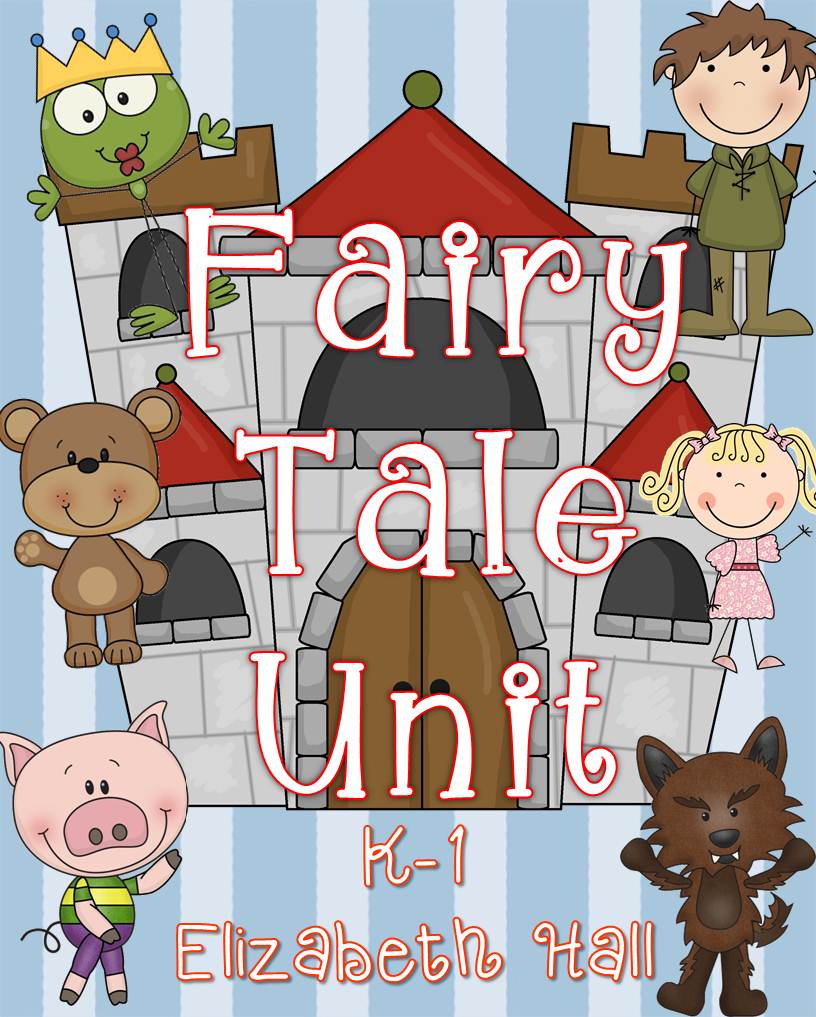
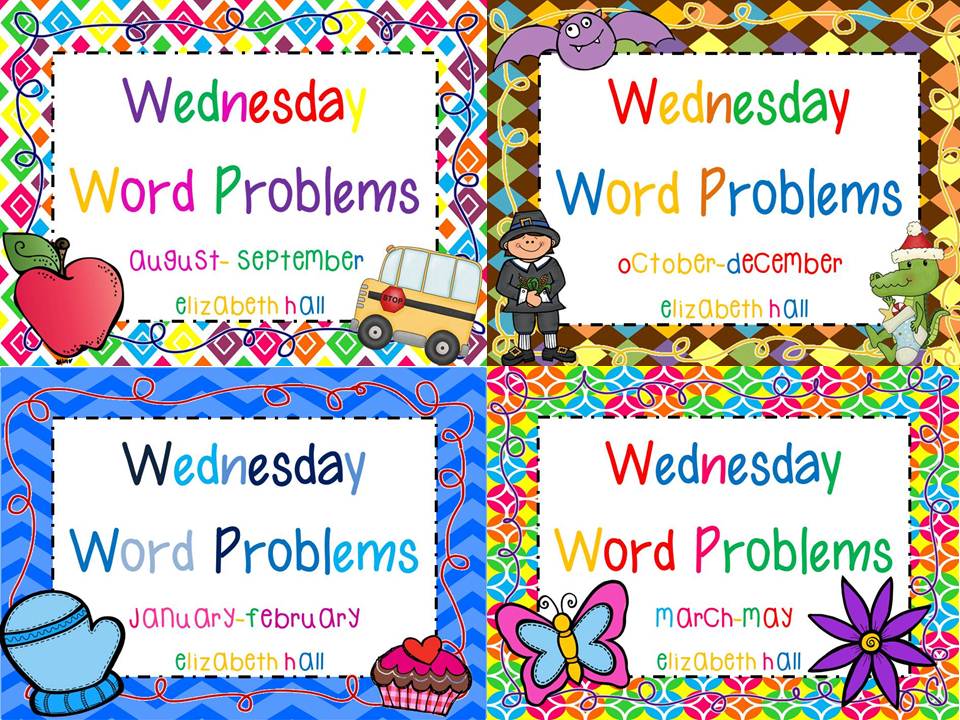
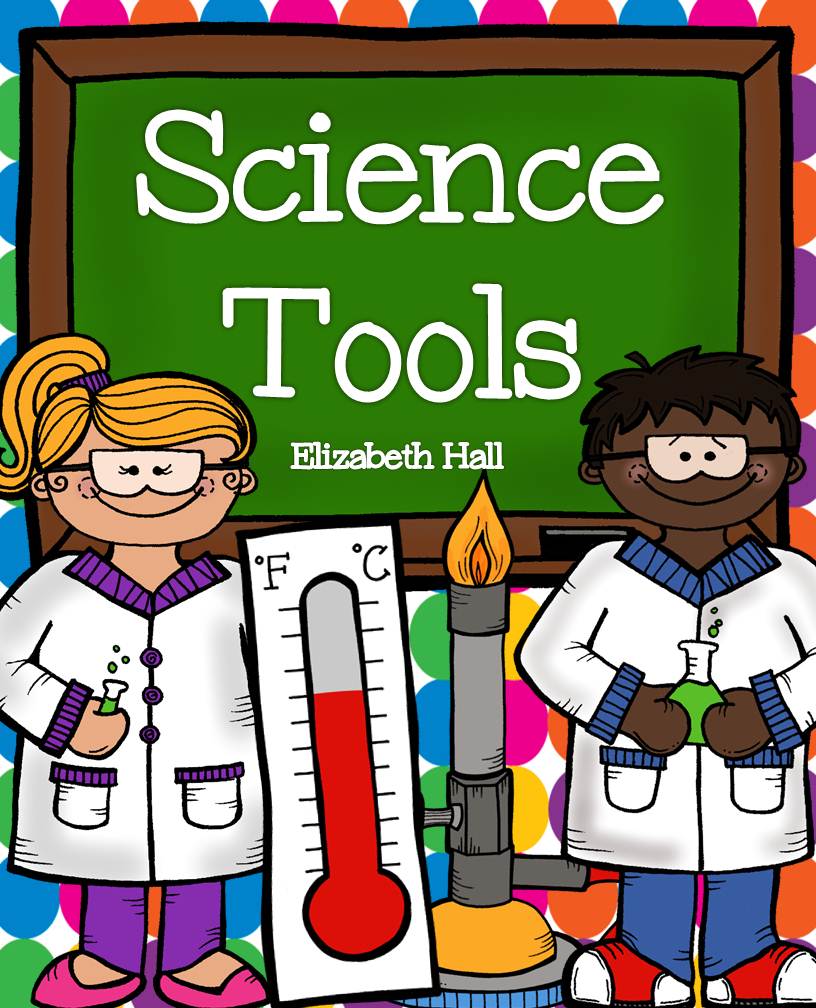
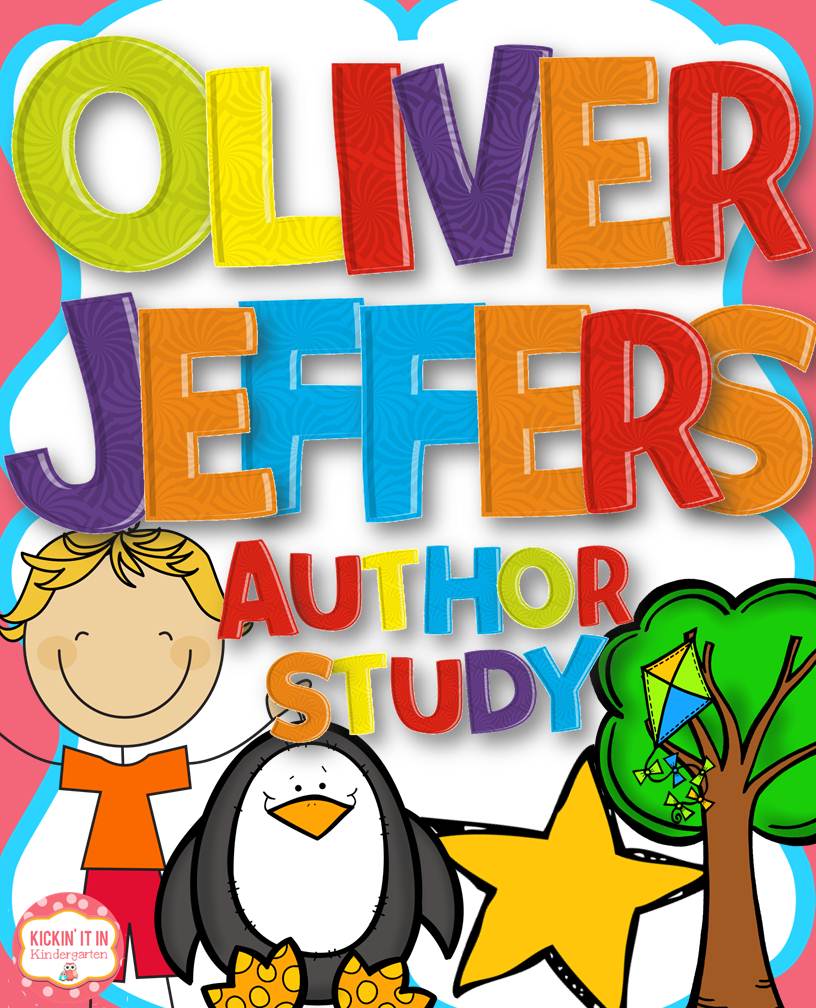
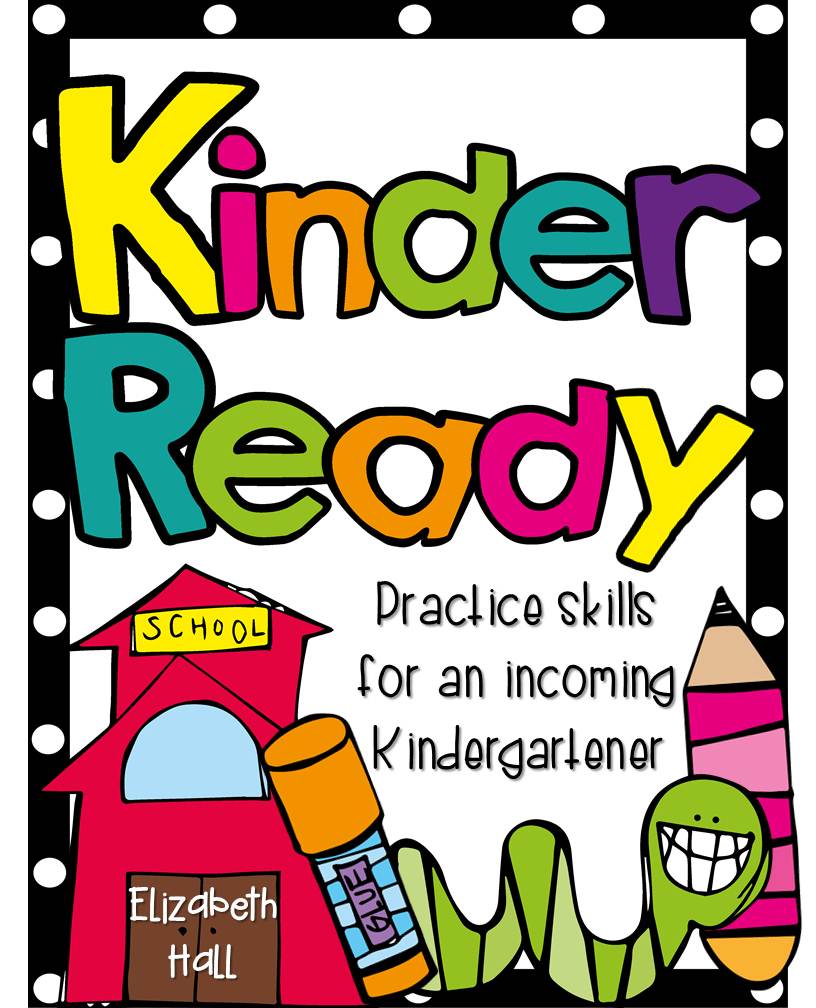
I really like the hands on activities you offer, we no paper task. I agree with you, there is a time and place for paper tasks. Its a lot more work to do the hands on activities but once they are created, it is soooo valuable. Thanks for sharing 🙂